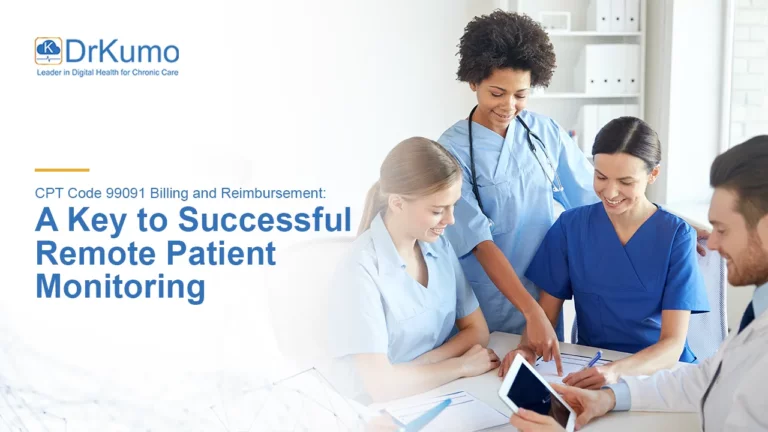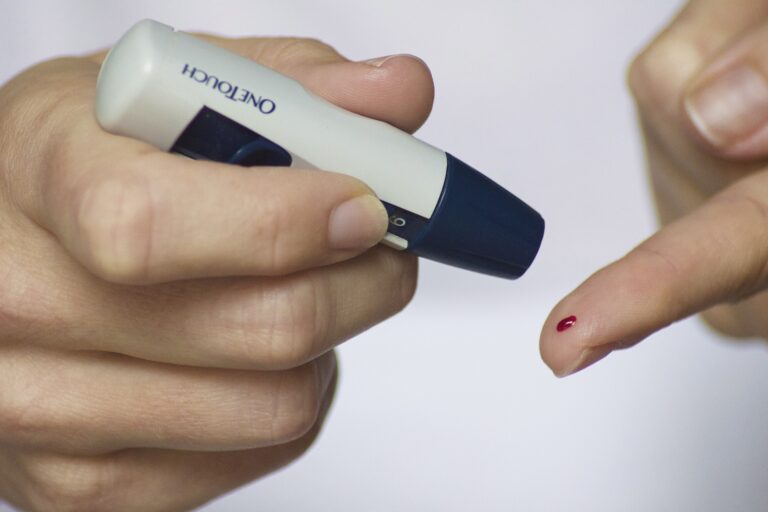For millions worldwide, heart failure, a condition where the heart struggles to pump blood effectively, casts a long shadow. Yet, amidst this challenge, hope emerges through continuous medical advancements. The 2024 Heart Failure Guidelines, a collaborative effort by the American College of Cardiology (ACC), American Heart Association (AHA), and Heart Failure Society of America (HFSA), offer a beacon of progress, not only in diagnosis and treatment but also in empowering patients through innovative tools like remote patient monitoring (RPM).
This blog sets the stage for exploring the crucial updates outlined in the 2024 guidelines, highlighting the significance of both traditional and tech-driven approaches in navigating this complex condition.
Early Detection and Management: A Focus on Prevention
The 2024 guidelines emphasize the importance of early detection and proactive management to prevent heart failure progression. This includes:
- Identifying individuals at high risk: Healthcare providers are encouraged to assess risk factors like high blood pressure, diabetes, and obesity to identify individuals susceptible to developing heart failure.
- Promoting lifestyle modifications: Maintaining a healthy weight, engaging in regular physical activity, and adopting a balanced diet are crucial for preventing and managing heart failure.
- Early intervention: Early detection and treatment of underlying conditions like high blood pressure and coronary artery disease can significantly reduce the risk of developing heart failure.
Remote Patient Monitoring: Empowering Patients and Providers
The 2024 guidelines acknowledge the growing role of telehealth and remote communication in managing heart failure. RPM allows healthcare providers to track patients’ vital signs, symptoms, and medication adherence remotely, enabling:
- Early identification of worsening symptoms: Regular monitoring can detect subtle changes in vital signs or patient-reported symptoms, allowing for timely intervention and preventing complications.
- Improved medication adherence: Reminders and monitoring can help patients stay adherent to their medication regimens, leading to better treatment outcomes.
- Enhanced patient engagement: Remote monitoring empowers patients to actively participate in their care, fostering a sense of control and improving overall well-being.
Key Updates for Providers: Optimizing Patient Care
The 2024 guidelines provide specific recommendations for healthcare providers, including:
- Individualized treatment plans: Tailoring treatment based on each patient’s unique needs and circumstances, including their medical history, functional status, and preferences.
- Multidisciplinary care teams: Encouraging collaboration between cardiologists, primary care physicians, nurses, and other healthcare professionals to deliver comprehensive care.
- Shared decision-making: Involving patients in treatment decisions, ensuring they understand their options and feel empowered to participate in their care journey.
How DrKumo RPM Empowers Patients and Providers
The 2024 Heart Failure Guidelines emphasize early detection, proactive management, and patient engagement – all areas where DrKumo Remote Patient Monitoring (RPM) technology solution shines.
By enabling continuous monitoring of vital signs and symptoms from the comfort of home, DrKumo empowers patients to actively participate in their care journey. Real-time data insights provide healthcare providers with the necessary information to intervene promptly and adjust treatment plans as needed, aligning with the guidelines’ focus on individualized care and improved patient outcomes.
Frequently Asked Questions
What are the key risk factors for heart failure that individuals should monitor?
Key risk factors include a history of cardiovascular disease, high blood pressure, diabetes, obesity, and a sedentary lifestyle. Monitoring these factors can help in the early identification and prevention of heart failure.
How does individualized treatment in the 2024 Heart Failure Guidelines improve patient outcomes?
Individualized treatment plans consider the patient’s unique health status, lifestyle, and preferences, ensuring more effective and tailored care that can lead to better adherence and outcomes.
Can remote patient monitoring (RPM) be used for all heart failure patients?
RPM is beneficial for many heart failure patients, especially those needing close monitoring of symptoms and vital signs. However, its suitability varies based on individual health needs and access to technology.
What role do multidisciplinary care teams play in heart failure management according to the 2024 guidelines?
Multidisciplinary care teams ensure comprehensive care by combining expertise from various healthcare professionals, which can lead to more holistic and coordinated management of heart failure.
How should patients and providers approach shared decision-making in heart failure treatment?
Shared decision-making involves open communication between patients and providers, discussing treatment options, benefits, and risks, enabling patients to make informed choices aligned with their values and preferences.
Takeaways
The 2024 Heart Failure Guidelines represent a significant step forward in optimizing patient care. By focusing on early detection, promoting preventive measures, and embracing innovative technologies like remote patient monitoring, healthcare providers and patients can work together to achieve better outcomes and improve quality of life for individuals living with heart failure.
Empower yourself and your healthcare team in navigating heart failure. Contact us to explore how DrKumo’s RPM solutions can support the 2024 guidelines and improve your heart health journey.
It is important to remember that this blog post is intended for informational purposes only and should not be construed as medical advice. Always consult with your healthcare provider for diagnosis, treatment, and personalized guidance regarding your specific health condition.








